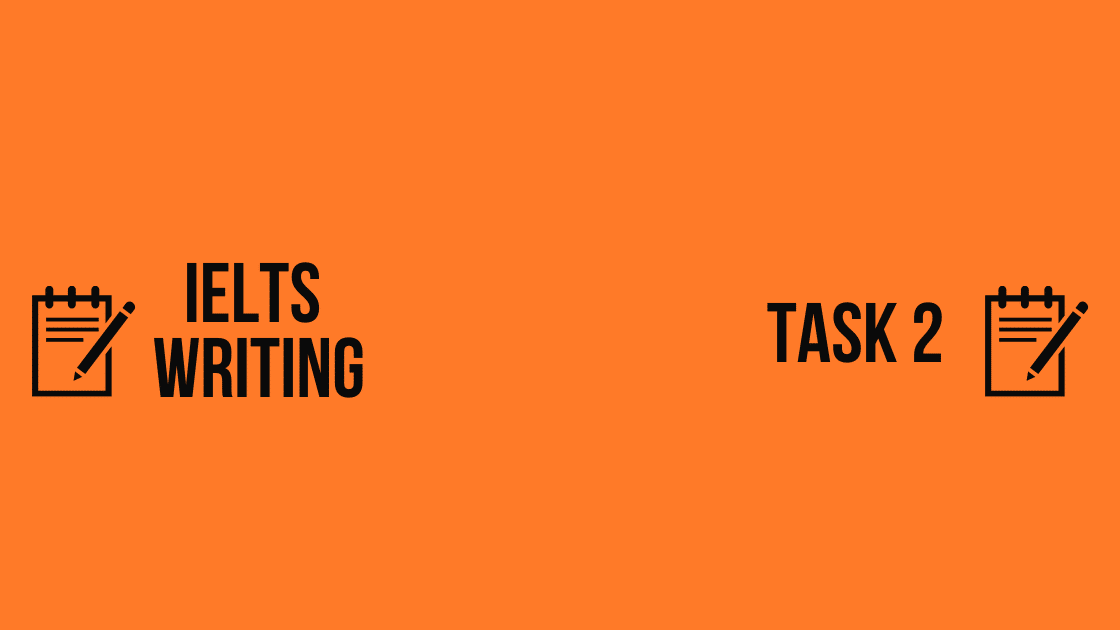The IELTS (International English Language Testing System) was primarily conducted as a paper-based or computer-delivered test with a human examiner for the speaking portion. Then, the
introduction of CB IELTS provided test takers with more flexibility in terms of test dates and faster
results reporting. It allowed candidates to take the test on a computer, which could be more
convenient for some individuals. Computer-based IELTS (CB IELTS) was introduced gradually in
different locations around the world, starting in 2018. The rollout of CB IELTS was not simultaneous
across all test centers, and it was implemented over several years to ensure a smooth transition for
test takers.
Computer-based IELTS typically involves the following:
Listening: The listening test is conducted on a computer, and you will wear headphones to
listen to recordings. You'll answer the questions on the computer screen as you listen.
Reading: The reading test is also administered on a computer. You will read passages and
answer questions on the computer.
Writing: For the writing section, you will need to write your responses on the computer.
Speaking: The speaking test is typically the same for both. It involves a face-to-face
conversation with an examiner in computer-based and paper IELTS.
Scoring: Computer-based IELTS scores are reported in the same way as paper-based IELTS,
with scores ranging from 0 to 9 for each section and an overall band score.
Taking the computer-based IELTS (International English Language Testing System) can be a
convenient and efficient way to complete the test. Here are some important things to keep
in mind while taking computer-based IELTS:
Familiarize yourself with the Test Format:
Before the test day, make sure you are familiar with the computer-based test format. You can find practice materials and sample tests on the official IELTS website to help you get used to the computer
interface.
Arrive Early:
Arriving at the test center early will give you time to check in, go through security procedures, and get settled in the test room without feeling rushed.
Bring Valid ID:
You must bring a valid, government-issued ID that matches the name you used to register for the test.
Listen Carefully:
During the listening section, use the provided headphones to hear the audio recordings clearly. Pay close attention, as you will only hear each recording once.
Manage Your Time:
Be mindful of the time allocated for each section. The computer will usually display a timer, so you can keep track of how much time you have left for each task.
Use Keyboard Skills:
If you’re not comfortable typing on a computer keyboard, practice your typing skills beforehand. This will help you complete the writing section more efficiently.
Review Your Work:
If time permits, review your answers and essays before moving on to the next section. Check for any errors or areas where you can improve your responses.
Stay Calm and Focused:
Test anxiety can affect your performance. Try to stay calm and focused throughout the test. Take deep breaths if you feel nervous.
Follow Instructions:
Carefully read and follow all instructions provided on the computer screen. This includes understanding the format of questions and how to submit your answers.
Practice Typing Essays:
If you’re taking the computer-based IELTS, you’ll need to type your essays. Practice typing essays on a computer to improve your typing speed and accuracy.
Focus on Your Strengths:
If you are more comfortable with the computer format for reading and writing, use that to your advantage. Focus on your strengths and approach the test with confidence.
Prepare for Technical Glitches:
While rare, technical issues can occur. If you encounter any problems with the computer during the test, alert the test center staff immediately.
Stay Hydrated and eat before the test:
Ensure you are well-hydrated and have eaten before the test to avoid distractions due to hunger or thirst. Remember that practice is key to success in the computer-based IELTS. Take advantage of available practice materials and mock tests to become familiar with the format and improve your test-
taking skills.
Team Crosslink wishes you all the best!







